-
Posts
2.385 -
Joined
-
Last visited
-
Days Won
80
Posts posted by Genava55
-
-
24 minutes ago, Lion.Kanzen said:
@Genava55des idées? Vous connaissez bien ces religions.
Multiple structures could be a great idea.
You could have a small sanctuary with a wooden statue, a sanctuary with a semi-natural groove, a sanctuary on water or on a marsh, a sanctuary with a tree and weapon offerings. You can also have an assembly place etc. etc.
A sanctuary like the statue could provide an area bonus ideal for defense. A sanctuary in a groove should bring a general bonus but it should be defended while being far from the civic center.
You can put condition on some sanctuaries, like being far from the civic center, built on a forest, built on water bodies etc.
Going further, the Suebi could have an unique ressource, scrapping weapons from fallen foes, giving them unit bonus instead of experience. And they could have the choice to discharge those weapons in a sanctuary to convert it as a general bonus or to unlock unique tech. But this requires a lot of coding.
-
 3
3
-
-
27 minutes ago, chrstgtr said:
Where does this come from? I’ve seen people say this a few times, but I don’t know what supports this proposition. As others have pointed out, that timeline isn’t strictly followed. The about page on the website also identifies the timeframe as 500BC to 500AD: https://play0ad.com/game-info/project-overview/.
(Personally, date ranges seem arbitrary until you start introducing gunpowder, but I’m more curious where this date framework comes from)
It was split in two. With the idea of an expansion or a second game.
I was not involved in this decision, this is very old.
-
 1
1
-
-
7 hours ago, Lion.Kanzen said:
Do you know the difference between iron, steel and cast iron?
https://es.m.wikipedia.org/wiki/Fundición_de_hierro
-
 1
1
-
-
1 hour ago, Lion.Kanzen said:
Andeneans they managed to handle the Bronze.
Copper mostly during our timeframe. Bronze appeared later.
1 hour ago, Lion.Kanzen said:And to work iron you need large foundries.
Foundries? fundiciones?
Absolutely not. I don't understand how you could say that.
-
Just now, real_tabasco_sauce said:
2. I think going a little over 1AD is fine, Boudica's revolt was well after 1ad. I think up to 100AD could be allowable.
I agree, although recently people suggested to remove Boadicea due to that. I am not in favor of removing her but indeed she breaks the limit.
-
 1
1
-
-
The Origins of Maya States
The Pre-Columbian Maya were organized into a series of independent kingdoms or polities rather than unified into a single state. The vast majority of studies of Maya states focus on the apogee of their development in the classic period, ca. 250-850 C.E. As a result, Maya states are defined according to the specific political structures that characterized classic period lowland Maya society. The Origins of Maya States is the first study in over 30 years to examine the origins and development of these states specifically during the preceding preclassic period, ca. 1000 B.C.E. to 250 C.E. Attempts to understand the origins of Maya states cannot escape the limitations of archaeological data, and this is complicated by both the variability of Maya states in time and space and the interplay between internal development and external impacts. To mitigate these factors, editors Loa P. Traxler and Robert J. Sharer assemble a collection of essays that combines an examination of topical issues with regional perspectives from both the Maya area and neighboring Mesoamerican regions to highlight the role of interregional interaction in the evolution of Maya states. Topics covered include material signatures for the development of Maya states, evaluations of extant models for the emergence of Maya states, and advancement of new models based on recent archaeological data. Contributors address the development of complexity during the preclassic era within the Maya regions of the Pacific coast, highlands, and lowlands and explore preclassic economic, social, political, and ideological systems that provide a developmental context for the origins of Maya states.
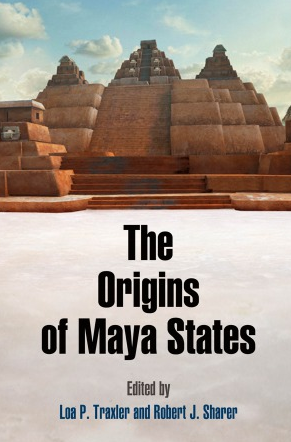
The Technology of Maya Civilization: Political Economy And Beyond in Lithic Studies
The ancient Maya shaped their world with stone tools. Lithic artifacts helped create the cityscape and were central to warfare and hunting, craft activities, cooking, and ritual performance. 'The Technology of Maya Civilization' examines Maya lithic artefacts made of chert, obsidian, silicified limestone, and jade to explore the relationship between ancient civilizations and natural resources. The volume presents case studies of archaeological sites in Guatemala, Mexico, Belize, and Honduras. The analysis draws on innovative anthropological theory to argue that stone artefacts were not merely cultural products but tools that reproduced, modified, and created the fabric of society.
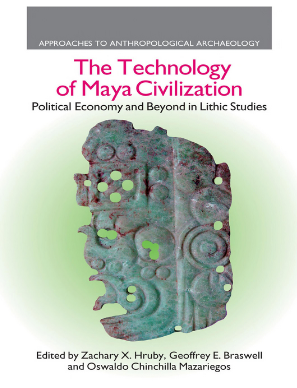
3,000 Years of War and Peace in the Maya Lowlands: Identity, Politics, and Violence
3,000 Years of War and Peace in the Maya Lowlands presents the cutting-edge research of 25 authors in the fields of archaeology, biological anthropology, art history, ethnohistory, and epigraphy. Together, they explore issues central to ancient Maya identity, political history, and warfare.
The Maya lowlands of Guatemala, Belize, and southeast Mexico have witnessed human occupation for at least 11,000 years, and settled life reliant on agriculture began some 3,100 years ago. From the earliest times, Maya communities expressed their shifting identities through pottery, architecture, stone tools, and other items of material culture. Although it is tempting to think of the Maya as a single unified culture, they were anything but homogeneous, and differences in identity could be expressed through violence. 3,000 Years of War and Peace in the Maya Lowlands explores the formation of identity, its relationship to politics, and its manifestation in warfare from the earliest pottery-making villages through the late colonial period by studying the material remains and written texts of the Maya.
This volume is an invaluable reference for students and scholars of the ancient Maya, including archaeologists, art historians, and anthropologists.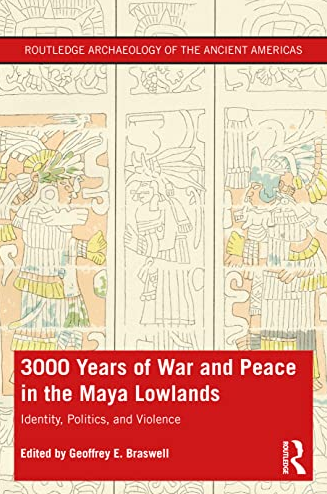
Architecture and the Origins of Preclassic Maya Politics
Architecture and the Origins of Preclassic Maya Politics highlights the dramatic changes in the relationship of ancient Maya peoples to the landscape and to each other in the Preclassical period (ca. 2000 BC–250 AD). Offering a comprehensive history of Preclassic Maya society, James Doyle focuses on recent discoveries of early writing, mural painting, stone monuments, and evidence of divine kingship that have reshaped our understanding of cultural developments in the first millennium BC. He also addresses one of the crucial concerns of contemporary archaeology: the emergence of political authorities and their subjects in early complex polities. Doyle shows how architectural trends in the Maya Lowlands in the Preclassic period exhibit the widespread cross-cultural link between monumental architecture of imposing intent, human collaboration, and urbanism.

Mexico: from the Olmecs to the Aztecs
Michael D. Coe’s Mexico has long been recognized as the most readable and authoritative introduction to the region’s ancient civilizations. This companion to his best-selling The Maya has now been revised by Professor Coe and Rex Koontz.
The seventh edition incorporates new findings in a number of disciplines. The solution to the long-standing puzzle of the origin of maize-farming has at last been solved, and spectacular new discoveries shed light on Mexico’s earliest civilization, the Olmec culture. At the great city of Teotihuacan, recent investigations in the earliest monumental pyramid indicate the antiquity of certain sacrificial practices and the symbolism of the pyramid. Expanded information on the Huastec region of the northeastern Gulf of Mexico is included, while discoveries in the sacred precinct of the Aztec capital Tenochtitlan have led to a refined understanding of the history and symbolism of this hallowed area.
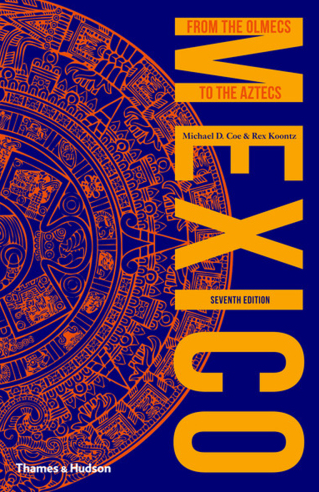
-
 1
1
-
-
15 minutes ago, wowgetoffyourcellphone said:
We need a subject matter expert to come along and create a thread similar to @Sundiata's famous Kushites thread. Perhaps we can recruit for this purpose.
Indeed. This area is outside my expertise and I have already too much to read for other mods I am participating with.
It would be nice to have someone with an academic background, or at least comfortable with academic literature, and the motivation to tackle this topic.
19 minutes ago, wowgetoffyourcellphone said:We are getting into realms where a more customized tech tree will be required. Same goes for the nomads, to a lesser extent.
Customized tech tree would be revolutionary but it should be implement first then.
-
 2
2
-
-
For your information, I voted yes to the two questions in the poll.
My concerns however are:
- Contrary to the other civilizations already included or to the candidates generally considered, the American civs are purely prehistorical civs. Other civilizations are known from historical records and classical literature. Even people without a proper literature have been described by neighboring civilizations and have participated to the events related to civilizations with a literature we know and understand. For example, Iberians, Gauls and Britons were known and described by the Romans and the Greeks. From those civilizations, we know the names of multiple tribes, the names of several towns, the names of multiple leaders and kings. We know multiple battles and wars they participated in. We know the names of multiple gods they believed in. For the Protoclassic Maya and Zapotecs, we don't have the same level of information. This is an issue for the heroes for example. I don't think there is enough info to find three figures from their period.
- Currently, the designs of the Maya and Zapotecs have elements going out of our timeframe. Especially the Zapotecs. They have been designed for mods which don't have the same restriction related to the time-line. Although this is not really a big issue.
- There are some concerns about the balance. The American civs didn't rely as much on metal than our current civs. They didn't have any sort of cavalry. Their weapons are mostly based on Neolithic technologies. Animal husbandry wasn't very developed too.
-
 2
2
-
 1
1
-
I am opening this thread following the debate we had recently about following releases (A28+) and the inclusion of new civilizations.
In the past, the community already discussed it, but it didn't get the same level of attention:
I think it should be discussed in a specific thread, with a proper title and a proper structure, with a poll to know the opinion of the community.
Two civs have been worked on for a mod, the Maya of the Protoclassic / Late-Preclassic period and the Zapotecs :
We must remember that 0 A.D. is dedicated to a period of time ranging from 500 BC to 1 AD.
-
 1
1
-
 1
1
-
-
56 minutes ago, real_tabasco_sauce said:
The mayans wrote with glyphs, with the earliest known example apparently from 300 bc. I am not familiar with mayan oral history but this also constitutes history, at least for many native American societies.
The few inscriptions known from this period don't tell much. It doesn't give as much information as the long texts of the Egyptians or of the later Maya. You cannot have a proper account with short inscriptions of less than 10 glyphes.
So I maintain my point: this is not history in a strict sense.
If it was the case, we should be able to get three real figures for the heroes. But it is not.-
 1
1
-
-
3 hours ago, real_tabasco_sauce said:
historical knowledge
Are you sure that historical is the correct word? Archaeological yes. Historical no.
Archaeology doesn't give you easy answers. Quite the contrary.
3 hours ago, real_tabasco_sauce said:I am not sure about the particular civs we are talking about, but it is often the case that real historical events are recorded in folklore
Folklore from 2500/2000 years ago?
-
1 minute ago, Yekaterina said:
Separate the horse rider template and the horse template, then study the capture of catafalques or siege towers from A23 code, then implement those into the horse part. The technical part should be manageable.
22 minutes ago, Lion.Kanzen said:Capturing stables. but limiting the cost and number of units.This did AoE II with the Native Americans.
In fact almost the same should be done with Indian and African elephants.
This is 0 A.D. copying AoE 2 once again but why not. This is a nice mechanic. Although mostly accessible late in the game.
-
22 minutes ago, Lion.Kanzen said:
Iberians fighting with Chinese, isn't it absurd too?
Yes. But the point is that the Iberians are related to the history of multiple people. Their participation to the Punic Wars, their renown as mercenaries etc.
While the Maya people and the Zapotecs are not related to anyone among the current civs. We don't even know any event from this period.
-
34 minutes ago, Lion.Kanzen said:
How do you think we can implement the capture of enemy's horses?
Or are saying they should have cavalry at the start ?
34 minutes ago, Lion.Kanzen said:siege towers. it's more of a platform.
Siege towers during the protoclassic period? Or is this evidence from the classical period?
-
 1
1
-
-
49 minutes ago, Lion.Kanzen said:
In Brazil’s Guanabara Bay a sunken shipwreck was discovered appearing to be the remains of an ancient Roman ship. Among the submerged ruins were a number of large terracotta amphorae, tall jars that were made during the Roman empire.
The jars were dated between the 1st century BC and 3rd century AD, definitively proving their origin from the Roman Empire. This type of pottery was used to transport anything from wine, to olive oil, and grains."
This story is very dubious. The remains are not accessible to anyone, the guy kept everything and doesn't let anyone access it.
-
8 hours ago, chrstgtr said:
You're missing my point. It's a game, not a simulation. And, your statement that you want American civs cannot exist if you believe the above.
I don't see how they are contradicting. If I am exposing the issues, this is not a testimony against their inclusion. This is a talk, to discuss efficiently everyone should be able to expose its view. I am simply highlighting that it could be a challenge.
And even if it is a game, it takes its inspiration from history and try to depict the civs fairly.
American civs are really a rupture in this regard because they are prehistorical. We don't have any accounts about them. Furthermore their gameplay would be radically different.
Currently they have generic heroes. They don't rely on metal. They don't have cavalry. They don't have siege engines. Their navy is not remarquable. Animal husbandry raised for food is limited to turkeys and dogs. It will be difficult to balance them.
Edit: Even for a single player campaign, they have limitations. So my point on their prehistorical situation, is that it has impact on their inclusion. This is not something we can dismiss or ignore easily. It has consequences.
-
49 minutes ago, chrstgtr said:
These two statements can't coexist. Until you start adding American civ then no new American civ will ever have any real historical connections during 0ad's timeframe.
Maybe you are not getting my point. They won't have any interactions with the current civs. Ever. They were historically and geographically disconnected. You cannot add a missing link. Furthermore, we don't know their history. There is only a few inscriptions known from this period and we don't have any info about the events they lived.
We can't name a battle they fought or a king they had at this time. It is only much later we know their history better.
I am simply saying I don't think they are the priority. That's my opinion and I don't have any weight on the decision.
1 hour ago, chrstgtr said:Besides, it's a game. It's not a historical simulation. Sparta and Athens both existed at the same time and did interact with each other. We don't need the game to perfectly replay every one of their interactions. If the outcome was already determined then it wouldn't be a game.
Sure. Anyway from a pragmatic pov, the Maya and Zapotecs have some very strong arguments: they have 3D models. Something 0 A.D. is desperately looking for.
-
 1
1
-
-
2 minutes ago, chrstgtr said:
This is specious.
Until American civs are added this will always be the case. If other non-American civs continue to get added then American civs will only become less related
Han were far away and unrelated before yet they were added. Earlier in the thread you said Xiongnu now have to be added because Han are now in the game.
You’re falling into a self-fulfilling prophecy. The game should go where there is demand
Actually I am in favor of having American civs. Those civilizations are so cool.
I simply mean they are not interacting with any current civs. In fact, even if we had Maya people, Zapotecs and Chavin people, it would be three civs that didn't really have interaction during our period.
While the Xiongnu and the Scythians are an easy solution to connect the Han with the others.
-
 2
2
-
-
-
15 minutes ago, real_tabasco_sauce said:
Lusitanis
Lusitanians are Indo-European. (It doesn't mean I am against or they are a bad candidate, I was just replying to someone initially, i was not making an exhaustive list)
15 minutes ago, real_tabasco_sauce said:American civ(s)
Possible but I would say they are lower on the list because they are farther and less related to the others. But I hope one day it will be the case.
15 minutes ago, real_tabasco_sauce said:It would be nice to have a civ to go with the Iberians, kind of how the Britons and Gauls are a pair.
Currently the Iberians are a mixture of three people: Lusitanians, Iberians and Celtiberians.
Obviously at some point, the issue will be solved.
-
49 minutes ago, Sapphro said:
It would be great to see more diverse cultures, as now the game is primarly based on Indo-European civilizations with the addition of Han. I may suggest Malayan kingdom Gangga Negara, for instance, the territory of Malaysia was known to Romans anyway. Which is more interesting, but harder to implement are Finno-Ugric cultures of the Iron Age due to little information on them. Though, their obvious features are the focusing on shamanism and fishing, and civ bonuses based on it.
https://www.encyclopedia.com/humanities/encyclopedias-almanacs-transcripts-and-maps/iron-age-finland
https://en.wikipedia.org/wiki/Gangga_Negara
https://indo-european.eu/2021/05/proto-uralic-homeland-ix-west-caucasian/
https://en.wikipedia.org/wiki/History_of_Finland0 A.D., except for the mods, is based on the period between 500 BC and 1 AD. So the civ should have existed at least during this period. There are non-Indo-European civs, the Carthaginians, the Kushites and the Han. Technically, the Iberians too but they are poorly designed in this regard.
Gangga Negara is a legendary kingdom and its start around the 2nd century AD according to the Malay annals. So it cannot be included.
Furthermore, they would have been Hindu (as a religion). So even if their language is not IE, they would have been related to the IE.
The best non-IE candidates I think would be the Garamantians, the Numidians, the Kingdom of Saba, the Nabateans, the Xiongnu, the Yayoi people.
-
 1
1
-
-
-
14 hours ago, d34d svn said:
I was amused by Delenda Est mod for a reason: The Auxiliaries wasn't the mainstay of the Imperial Roman army and i don't understand the logic behind the team's decision.
I hope someone could explain to me why the team believe this is the best way to represent the Imperial Romans.
@wowgetoffyourcellphone is the leader of the mod.
I have nothing to do with this decision, but if I can bring some info to help discuss this topic:
"The overall size of the Roman forces in Roman Britain grew from about 40,000 in the mid 1st century AD to a maximum of about 55,000 in the mid 2nd century.[1] The proportion of auxiliaries in Britain grew from about 50% before 69 AD to over 70% in c. 150 AD. By the mid-2nd century, there were about 70 auxiliary regiments in Britain, for a total of over 40,000 men. These outnumbered the 16,500 legionaries in Britain (three Roman legions) by 2.5 to 1.[2] This was the greatest concentration of auxilia in any single province of the Roman Empire. It implies major continuing security problems; this is supported by the (thin) historical evidence. After Agricola, the following emperors conducted major military operations in Britain: Hadrian, Antoninus Pius, Constantius I, and Septimius Severus."
/
"By the 2nd century, the Auxilia contained the same number of infantry as the legions and, in addition, provided almost all of the Roman army's cavalry (especially light cavalry and archers) and more specialised troops. The auxilia thus represented three-fifths of Rome's regular land forces at that time. Like their legionary counterparts, auxiliary recruits were mostly volunteers, not conscripts."
/
"Recruitment was thus heavy throughout the Augustan period, with a steady increase in the number of units formed. By AD 23, the Roman historian Tacitus records that there were roughly the same numbers of auxiliaries in service as there were legionaries.[24] Since at this time there were 25 legions of c. 5,000 men each, the Auxilia thus amounted to c. 125,000 men, implying c. 250 auxiliary regiments.[25]"
This is simply from different articles on wikipedia.
-
 2
2
-
-
13 hours ago, wowgetoffyourcellphone said:
I think every civ would get an arrow ship and either a boarding or ramming ship. Artillery ships are harder to justify for every civ. What do you think?
My other idea is to strip everything down to 1 warship per civ and the differences between civs would be that you can have (or not have) upgrades to stronger ships based on civ. So, every civ gets at least a 'Light' warship, with some civs getting techs for 'Medium' and then 'Heavy' upgrades for their warship (SINGULAR). Further differences would come with special naval techs.
I think that if every civs get at least the arrow ship and the boarding ship it could work. From this they could defend themselves. Ramming and artillery would be unique to naval civs.
-
 1
1
-

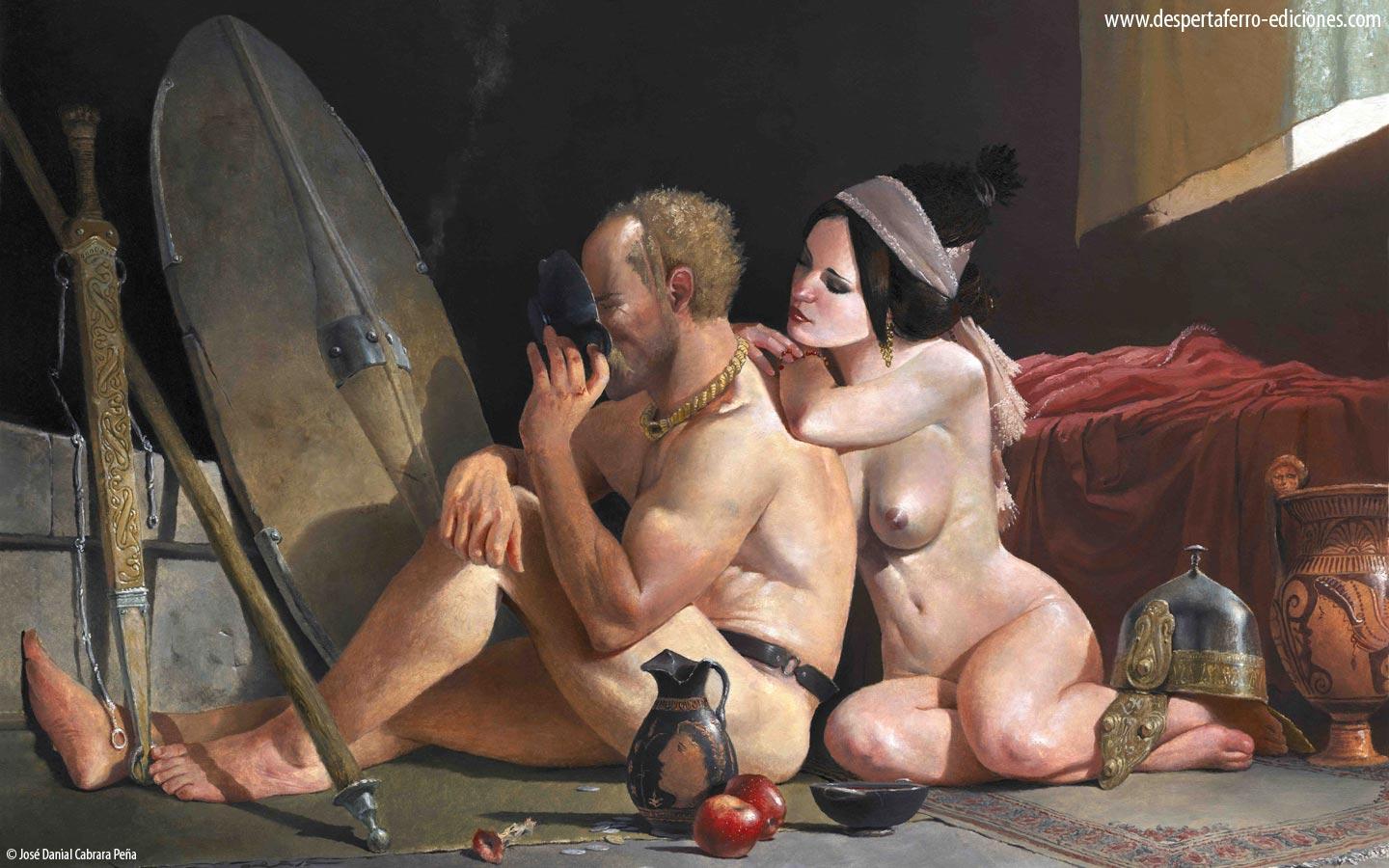
.thumb.jpg.b21ca1d0c15fb56b42c39b25a0a40815.jpg)
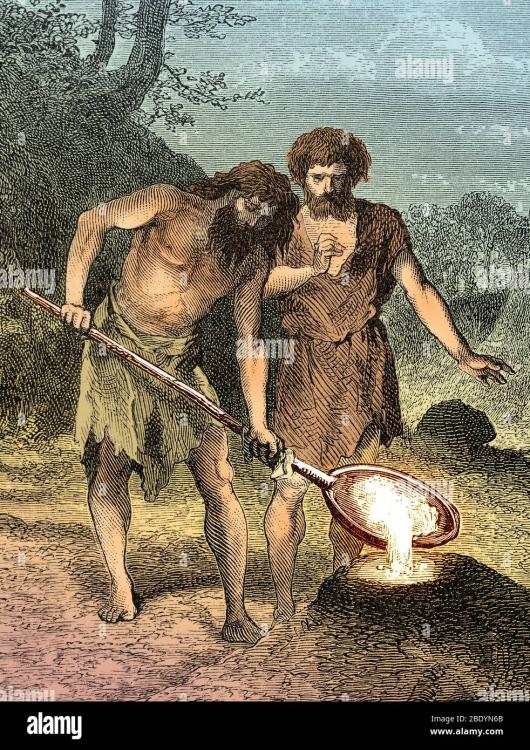
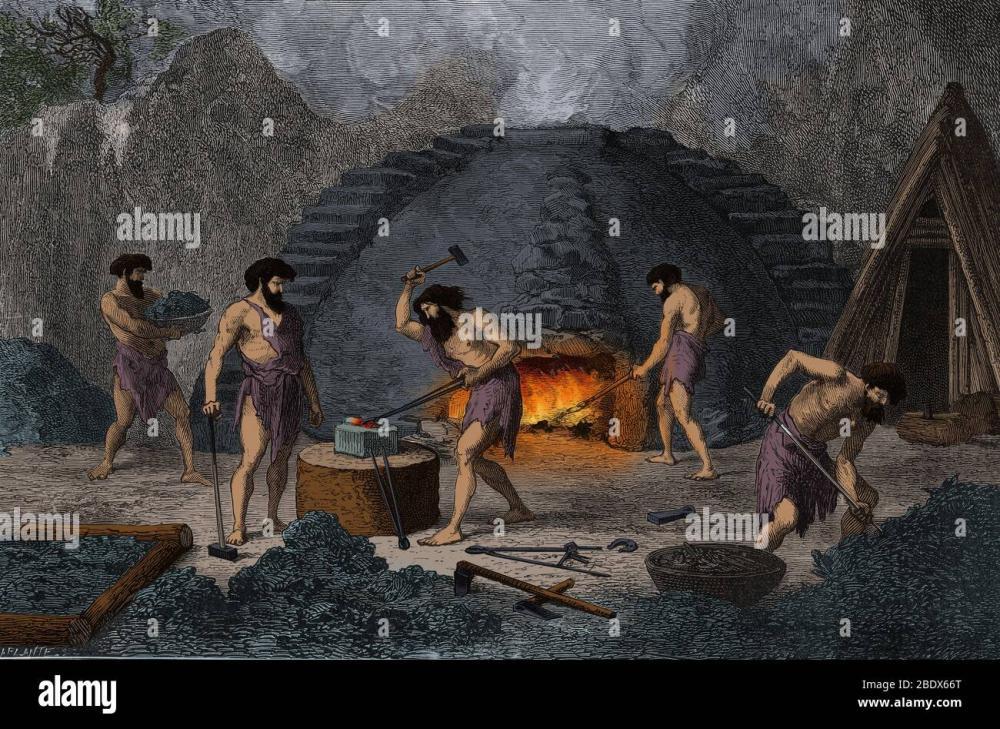
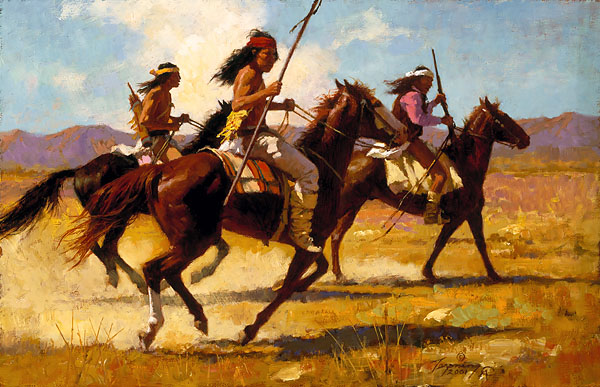
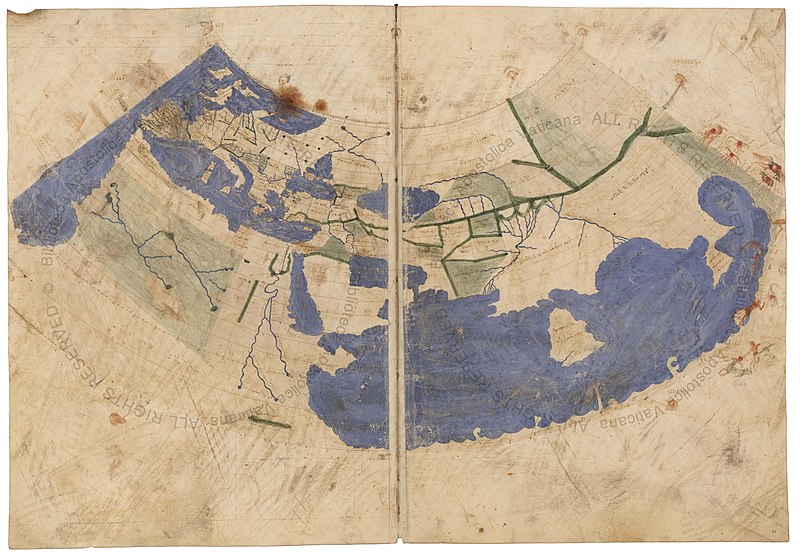



Inclusion of American civs in 0AD (pre-Columbian)
in General Discussion
Posted · Edited by Genava55
I think it was motivated mostly by the amount of work, the necessity to reach a good level of quality for each civ and the difficulty to balance the civs. Splitting the workload is not a bad idea, but putting a strict limit was not a smart way to deal with the workload.
Edit: btw there is less people working on 3d models and textures here than in any mods I work with.